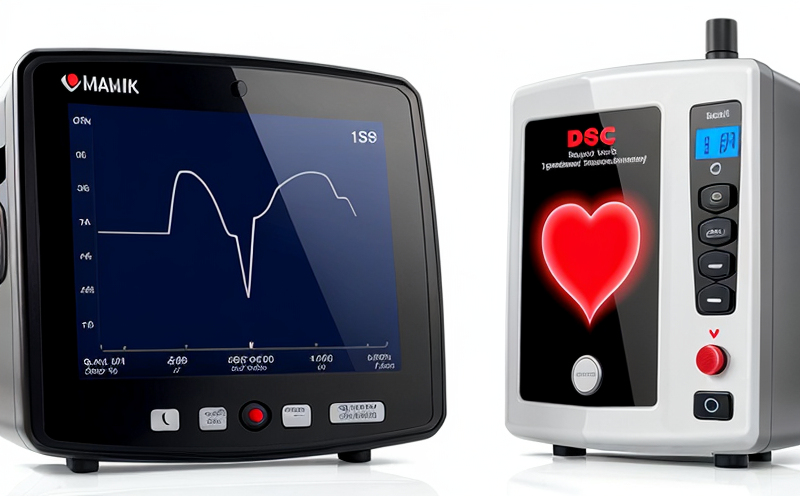ASTM F746 Pitting and Crevice Corrosion Testing for Cardiovascular Devices
The ASTM F746 test method is designed to evaluate the resistance of metallic materials used in cardiovascular devices against pitting and crevice corrosion. This testing ensures that implanted medical devices meet stringent quality and reliability standards, which are critical for patient safety. Pitting and crevice corrosion can lead to device failure and potentially harmful consequences, especially when dealing with cardiac implants where even minor failures could have significant health impacts.
The ASTM F746 test is particularly important in the context of cardiovascular devices due to the harsh environments these materials may be subjected to within the human body. The corrosive nature of bodily fluids can accelerate the degradation process if not adequately addressed during design and manufacturing stages. This testing method helps manufacturers identify potential weaknesses early on, ensuring that only high-quality components are used in final products.
The test procedure involves exposing a specimen to an aggressive environment that mimics physiological conditions but is more severe than those encountered under normal use. Specimens undergo immersion in an electrolyte solution designed to promote localized corrosion. During this process, the extent of pitting and crevice formation on the surface of the material is visually inspected and quantified using standard techniques.
Understanding the results from ASTM F746 testing allows for informed decision-making regarding material selection and processing methods. By identifying susceptible areas early in development cycles, manufacturers can implement corrective actions before proceeding to production stages. This proactive approach not only enhances product performance but also reduces costs associated with post-market recalls or failures.
It is essential that laboratories specializing in this type of testing adhere strictly to ASTM F746 guidelines and use appropriate equipment and reagents throughout the entire process. Rigorous adherence ensures accurate and reliable results, which are crucial for regulatory compliance and trustworthiness among clients.
| Key Parameters | Details |
|---|---|
| Test Specimens | Typically stainless steel alloys, titanium, and other corrosion-resistant materials commonly used in cardiovascular devices. |
| Electrolyte Solution | Aqueous solution containing chloride ions to simulate physiological conditions while being more aggressive than normal bodily fluids. |
| Testing Duration | Varies depending on the specific requirements of the device, typically ranging from days to weeks. |
| Visual Inspection | Examination of specimens for signs of pitting and crevice formation after exposure. |
| Applications | Description |
|---|---|
| Stent Manufacturing | Evaluating the durability of stents used in coronary artery interventions. |
| Pacemaker Leads | Assessing the integrity of pacemaker leads to prevent premature failures leading to re-interventions. |
| Ventricular Assist Devices (VADs) | Determining the longevity and reliability of components within VAD systems. |
- Stent Manufacturing: Ensures that stents are capable of withstanding long-term exposure to body fluids without developing pits or crevices.
- Pacemaker Leads: Guarantees the longevity and reliability of pacemaker leads, reducing instances where these devices need replacement due to corrosion.
- Ventricular Assist Devices (VADs): Helps in assessing the robustness of components within VAD systems ensuring they perform reliably over extended periods.
- Regulatory Compliance: Ensures adherence to relevant standards like ASTM F746, enhancing trust with regulatory bodies and stakeholders alike.
- Patient Safety: By identifying potential corrosion issues early in the design process, it helps prevent failures that could result in adverse health outcomes for patients.
- R&D Optimization: Provides valuable data during research and development phases helping manufacturers improve their product offerings continuously.





